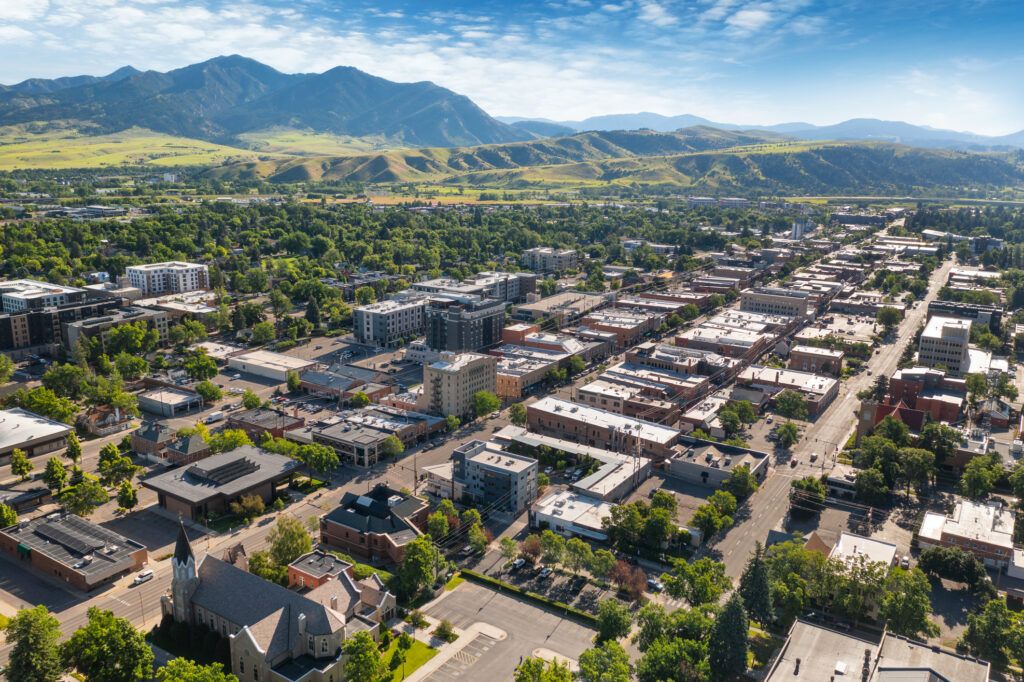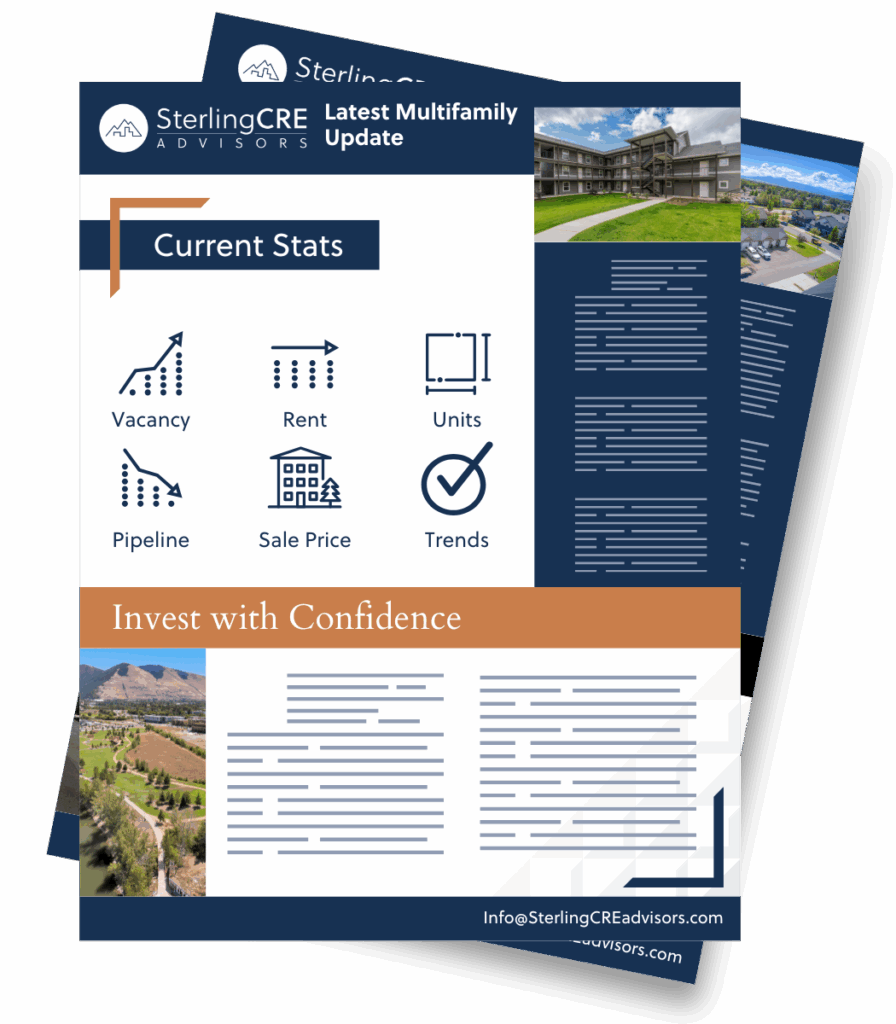
Make no mistake—there are a lot of vacant multifamily units in the Bozeman market right now. But it’s important to understand the source of that vacancy. When it’s driven by new supply, it can be worked through over time. If it’s due to a lack of demand, that’s a much more serious concern. In Bozeman’s case, the elevated vacancy rate is largely a result of continued new deliveries, not a decline in leasing interest.
In Q2 2025, leasing activity picked up meaningfully, with 274 units absorbed, a high point compared to recent quarters. That’s a positive sign that these units are, in fact, getting leased. While it’s still taking incentives like free rent to close deals, average rents have increased by nearly 1% year-over-year, showing a relatively stable pricing environment.
Construction and Planning Pipeline Remains Active – With Caution
Despite elevated vacancies, developers are continuing the completion of their projects that they started prior to the surge in vacancy. Projects are progressing through permitting, entering construction, and being delivered at a pace similar to 2024—another strong year for multifamily completions. There is a substantial backlog of units in the planning stage, ready to be activated as the market stabilizes. This backlog may decline as developers elect to abandon deals.
What’s slowing the pace of actual starts isn’t a lack of faith in Bozeman’s demand—it’s the financing environment. High interest rates and tighter lending conditions are making it difficult to break ground, even on well-located or shovel-ready sites. These financial headwinds may delay some deliveries, even if vacancies trend downward.
Outlook: Short-Term Stabilization, Long-Term Uncertainty
Looking ahead, vacancy rates are expected to gradually decline as current inventory is absorbed. Incentives may linger through the next year but could taper off as leasing strengthens. Rent growth will likely remain modest in the near term, with limited upside until the market fully digests recent supply.
Over a five-year horizon, the outlook is more uncertain. If developers unlock financing and push forward with the volume of projects currently in planning, new supply could again outpace traditional market demand, possibly leading to prolonged elevated vacancy rates. It will be a delicate balance between project starts and actual demand.
Affordability and Market Segmentation
Bozeman continues to post significantly higher rents than markets like Missoula, despite only slightly higher average wages. This affordability gap is placing pressure on renters and influencing absorption trends.
Encouragingly, the pipeline includes more income restricted housing than in years past. In Q1 and Q2 2025, 417 affordable units were delivered or under construction. As these units come online, they may create a ripple effect across the market. Some tenants currently living in older Class B and C apartments—who qualify for affordable housing—may relocate, freeing up those mid-tier units. In turn, this could allow renters who have been stretched into higher-priced, Class A apartments (due to lack of availability elsewhere) to shift down into more reasonably priced options. While this may not necessarily tighten the Class B and C segments further, it could improve affordability across the board by giving renters more appropriate choices. This may be an additional pressure on newer communities charging higher rents.


